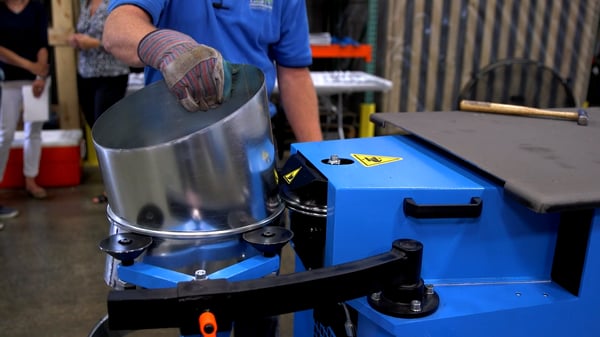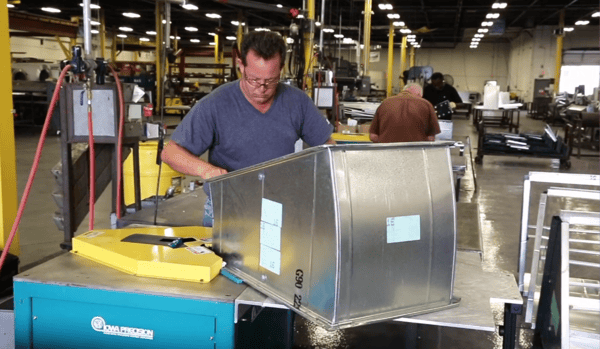When it comes to the HVAC (Heating, Ventilation, and Air Conditioning) industry, metal forming and fabrication play a crucial role in creating high-quality and efficient systems. Whether you're a contractor, engineer, or HVAC professional, understanding industry lead times is essential for effective project planning and timely delivery. In this blog post, we will explore the factors that influence lead times in HVAC metal forming and fabrication products and provide insights to help you navigate this aspect of the industry.
Factors that Impact Lead Times when Ordering Manufactured HVAC Parts
Customization and Complexity: One of the primary factors affecting lead times in HVAC manufactured parts and materials is the level of customization and complexity involved in the project. Each project is unique, requiring specific measurements, design considerations, and material selections. The more intricate the requirements, the longer the lead time is likely to be. Custom projects often involve additional steps such as design consultations, engineering approvals, and precision manufacturing processes, all of which contribute to extended lead times.
Material Sourcing and Availability: The availability of materials required for manufactured parts can significantly impact lead times. HVAC systems often rely on specific types of metals, such as stainless steel, aluminum, or galvanized steel. Manufacturers depend on the timely delivery of these materials from suppliers. In cases where specific materials are in high demand or face supply chain disruptions, lead times may be prolonged due to delays in material sourcing. It is essential to maintain open communication with your supplier to stay informed about any potential material availability issues.

Production Capacity and Workload: The production capacity and workload of the manufacturer are crucial factors that affect lead times. Manufacturers may have multiple projects in progress simultaneously, and their ability to handle additional workload can influence delivery times. It is advisable to work with reputable and experienced manufacturers who have a track record of meeting deadlines. Additionally, maintaining clear communication with the manufacturer about your project timeline and delivery expectations can help manage lead time expectations effectively.
Design Iterations and Approval Processes: Manufactured HVAC parts and materials often involve various design iterations and approval processes. Design changes, especially during the early stages, can impact the overall lead time. Collaborating closely with the manufacturer during the design phase, providing detailed specifications, and ensuring prompt feedback can minimize delays caused by iterations and approvals. Timely decision-making and proactive communication can streamline the process and reduce lead times.
Transportation and Shipping: After the manufacturing process is complete, shipping and transportation play a vital role in determining the final lead time. Factors such as the distance between the manufacturer and the project site, transportation mode, and any logistical challenges can affect the delivery schedule. Planning and coordinating with the manufacturer to arrange for efficient shipping options can help ensure timely arrival of the HVAC components.

Using Lead Time Basics to Keep HVAC Projects On Schedule
Navigating the lead times associated with ordering manufactured HVAC products and materials requires a combination of effective planning, clear communication, and collaboration. Understanding the factors that influence lead times (such as customization, material availability, production capacity, design iterations, and transportation) is crucial for successful project management. By working closely with reputable manufacturers and suppliers and maintaining open lines of communication, you can mitigate potential delays and ensure that your HVAC projects stay on schedule.

